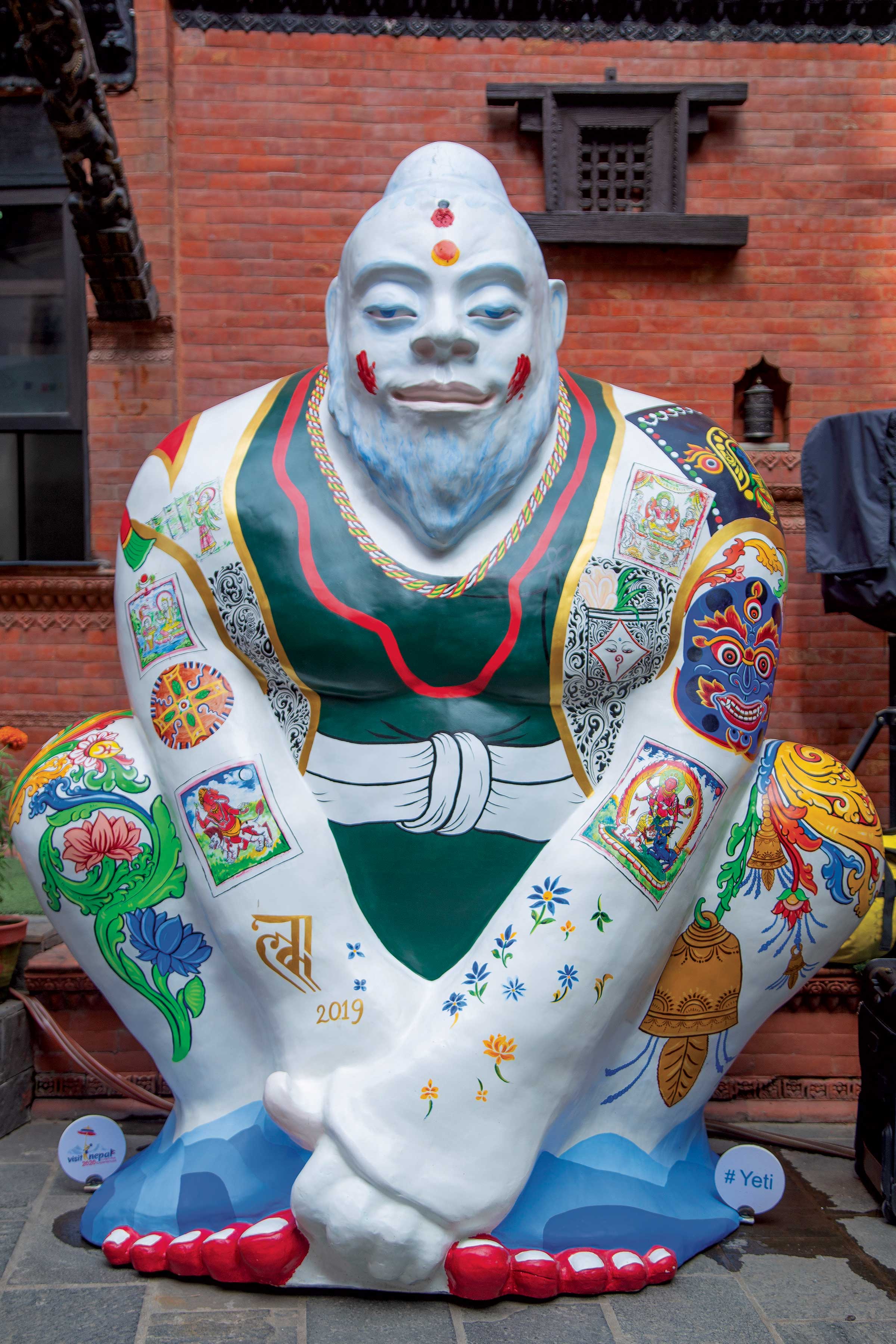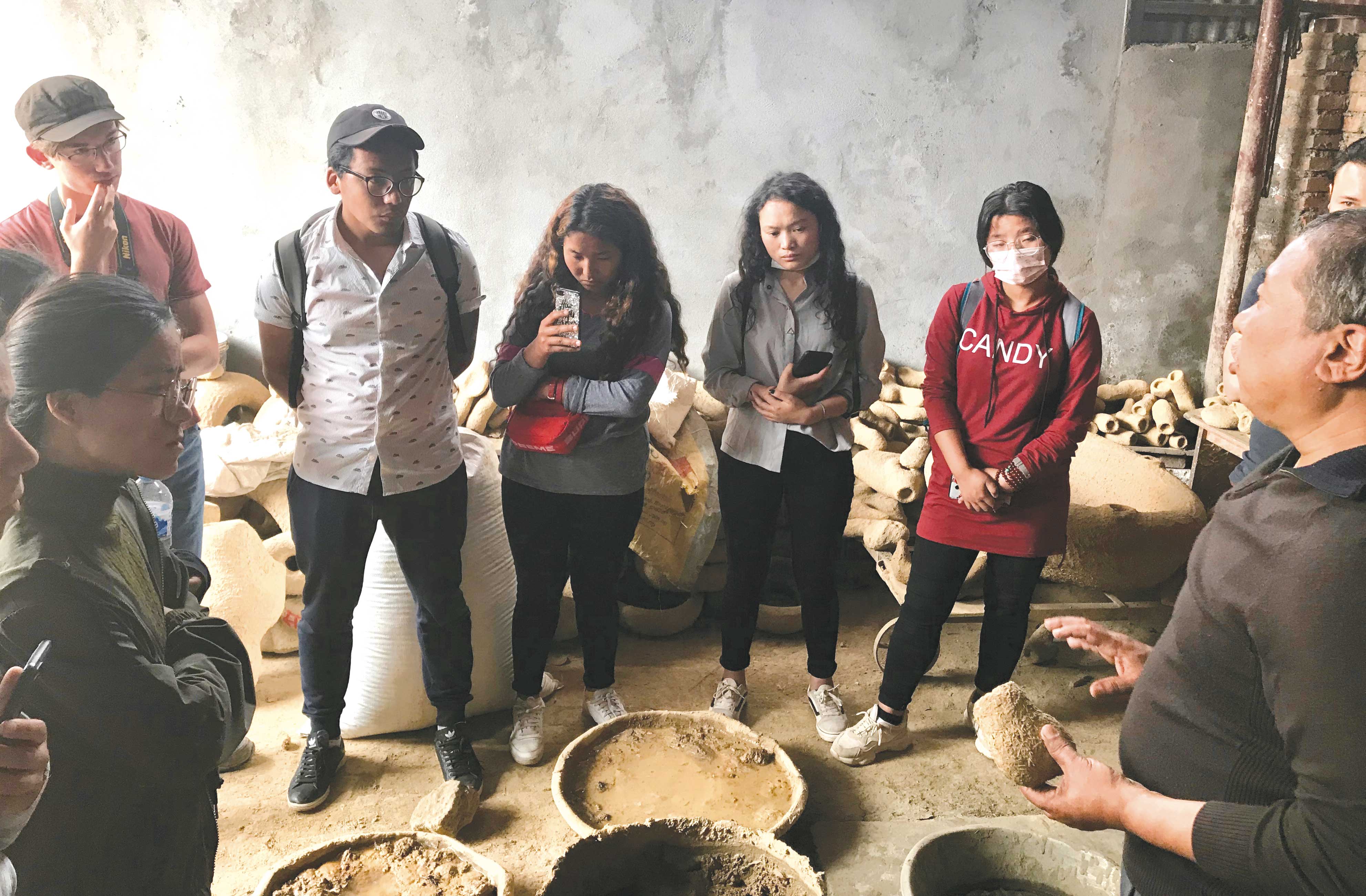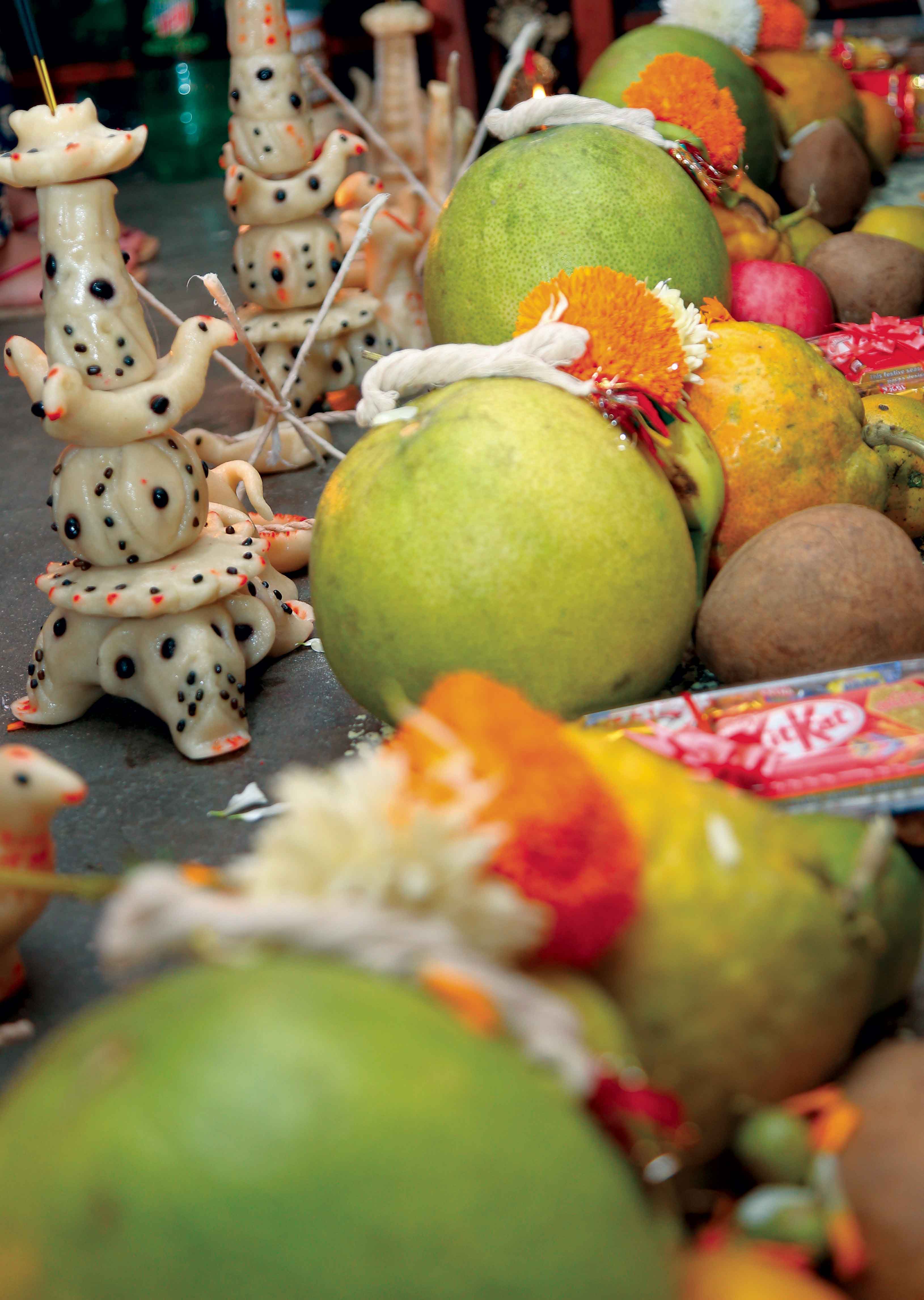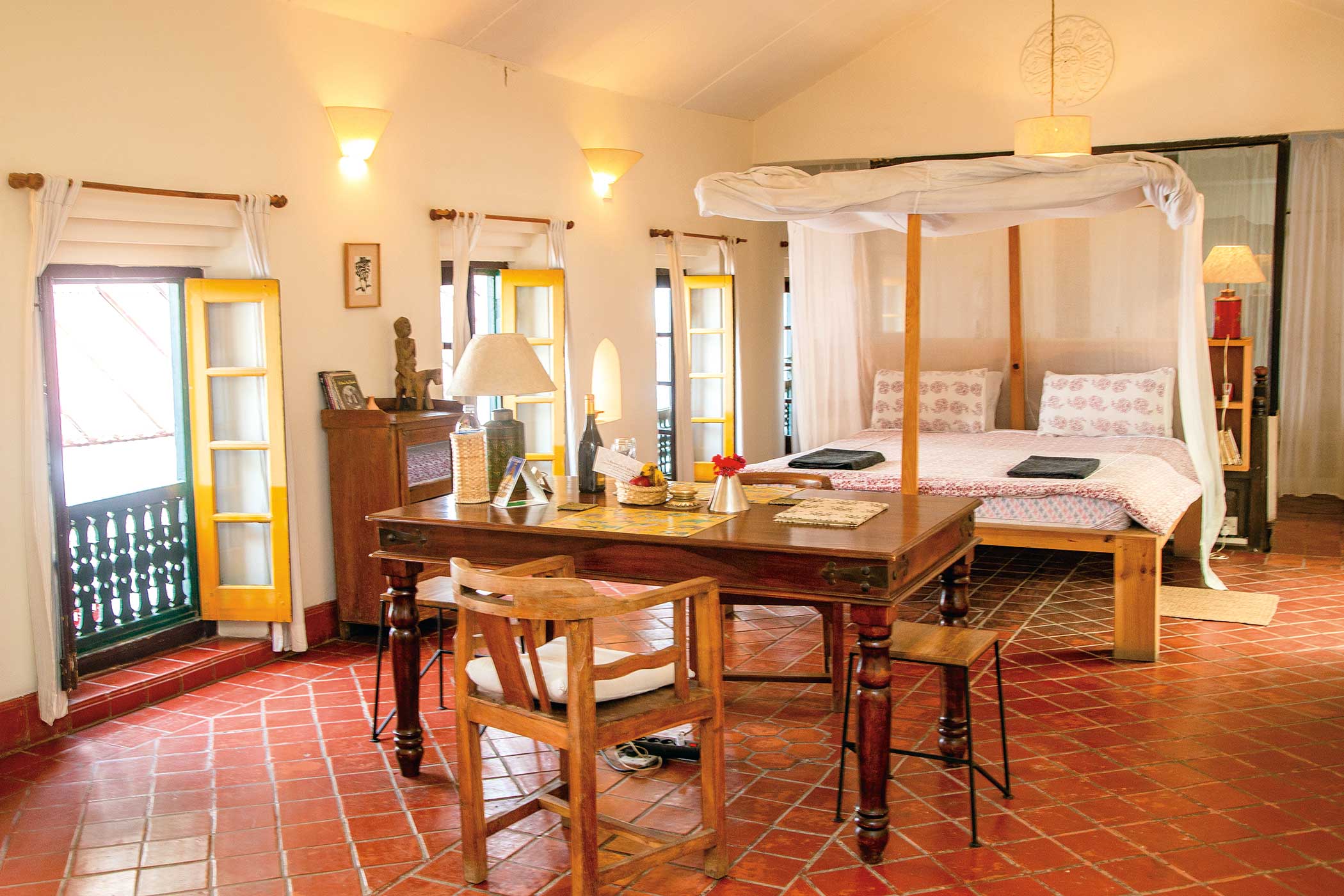Amongst international schools in Kathmandu, the British School of Kathmandu differs from other international schools in the fact that it provides what is called a British-style education.
Catering to the needs of an in ternational community based in Nepal, the British School has been around for thirty- eight years now, having officially gained recognition from His Majesty’s Government of Nepal in 1967, a year after its opening in 1966.
Founded by a group of expatriate parents from Britain and other Commonwealth nations, it was formed with the aim of providing a British-style education to children of expatriates based here. Originally called the British Primary School, it changed its name to the British School when it began a secondary program in 1997. The school was initially located in a rented bungalow in Tahachal, from where it moved to Dilli Bazaar, and then finally to its present location in Jhamsikhel in 1981. The school today operates under the patronage of the British Embassy, with the British Ambassador as its official patron.
The property where it is located is spread over 30 Ropanis of land, which belongs to General Shridhar Rana, and is leased by the school. With verdant open spaces and large areas shaded by towering trees within its estate, it also has a large pond right at its entrance, a feature popular in many Rana residences of old. His Royal Highness, Prince Charles of England, during a visit to the school, was heard to have remarked, “what an oasis!” when he entered the school premises. One appreciates this remark when one sees the amount of greenery the property has managed to preserve within the modest estate.
Originally the residence of the General, the main building of the school now houses the administrative as well as the primary section of the school. The rooms have been converted into classrooms, and many of them still retain a rather homey air. New extensions have been added to the original building. This includes a multipurpose hall behind the main building that serves as a gym as well as an assembly area for plays and official functions. An additional wing beside the main building houses the higher primary section classes, and in the year 1998, the school acquired an adjoining piece of property on which it now conducts the Secondary section classes, as well as art, science, and design technology classes for other sections of the school in a new purpose-built building.
Beside the well-appointed classrooms, science laboratories and ceramics facilities, there are two dedicated computer suites and most classrooms also have networked computers. The school also has a grass playing field for all students, and uses outside facilities for other activities such as football (soccer) and swimming.
With 292 students from 31 different countries on its roll, the British School of Kathmandu is perhaps the largest international schools in Kathmandu, in terms of enrollment. It is also perhaps one of the more successful in terms of the exam results its students acquire, having placed amongst the top ten percent of English schools the world over, in its IGCSE results as well as externally marked tests taken by its students at the ages of eleven and fourteen.
Sandj Wilderspin, the principal of this school, says that this result is in part due to the fact that teachers here are of the highest quality, recruited directly from England, from a list of applicants that often number in the hundreds. This means that the school can hire exactly the kind of teacher they desire with the right qualifications, and most teachers here come with at least four years of teaching experience, with the number going up to eight years in the case of section heads.
Meanwhile, Mr. Keslake, head of the Secondary section of the school, feels that students here have a very positive attitude towards learning and there is an interest amongst students here in gaining academic merit. Between good teachers and good students, the end result seems to be hovering somewhere around the ideal!
Amongst international schools in Kathmandu, the British School of Kathmandu differs from other international schools in the fact that it provides what is called a British-style education. What this means is that the school curriculum is in line with the English National Curriculum - though the school does take into considerations that it has a multicultural student community and tries to meet unique needs that some students may have. This includes three ESL or English as a Second Language teachers, who provide special assistance to students who may need help with English. Most such students however pick up language skills very rapidly once immersed in the English-speaking environment the school provides.
In the English National Curriculum followed in this school, there are three levels of learning made up of the foundation stage, the primary years and the secondary years. In the foundation stage, children are usually between three to five years old and are introduced to six areas of learning including language, mathematics, personal, social and emotional development. In the primary stage from age five to eleven years, the learning is divided into Key Stage One and Key Stage Two. In Key Stage One (year one to two) core subjects like English, Math and Science are covered within a framework that allows children to explore their environment and develop personal and social skills through various themes and topics. In Key Stage Two (year three to six) these subjects are repeated along with subjects such as history, geography, art, music, information technology, etc. Secondary education covers years seven to year thirteen of study, though as of now, the British School only goes up to year eleven. Here, year seven to year nine forms Key stage three where primary level subjects are covered in more depth, and at least one foreign language is added to the coursework. Key stage four covers year ten to eleven and during these years the school prepares students for the IGCSE exam, which is conducted at the school, with test papers being sent to the University of Cambridge for evaluation. The age of students at the British School currently ranges from three to sixteen years old and so the school does not provide an A level course of older students yet, though it hopes to do so by next year.
The school also encourages participation in sports, games, music and drama through a variety of programs and events.
An interesting aspect of the British School is the integrated learning approach that they have in their teaching methodology. This means that though the subjects being taught are varied, teachers here try to link their lessons with lessons being taught in other subjects, allowing students to better understand and appreciate the linkages between different subjects. This is done in part through an intranet system where all teaching staff have access to each other teaching plan, allowing them to link their lessons with lessons being taught by others. The interweaving of subjects where possible greatly enhances the learning experience of students and allows them to use their knowledge of the range of subjects they study more effectively.
A focus on academic achievement is one of the strengths of the British School and the system it works with is one that has been a part of the British education system, which has seen much refinement in the past few centuries it has been in existence. However improved teaching techniques and changing requirements of students of today are being constantly incorporated, according to principal Wilderspin. The school is also a member or the Federation of British International Schools in South and East Asia (FOBISSEA), of which Sandj Wilderspin is the Chair. This organization, with over twenty members in the region, is committed to ensure and monitor quality British education in an international context.
The British Schools of Kathmandu, following the British education system aims to develop young peoples “ ..potential to explore and discover the world around them, to think for themselves and form opinions, to relate to others, to develop their bodies through sports and physical education and to gain experience in taking responsibility.” Here, students are taught to respect each other and be responsible to fellow human beings and the environment. This is an atmosphere that seemed to be present throughout the British School and in all respects, it seems to be a place where education is as close to what it should be in an ideal. With its fortieth year providing quality education in Nepal, this school seems quite a model of good teaching techniques, a committed staff and leadership and a student body that has flowered in this environment.











